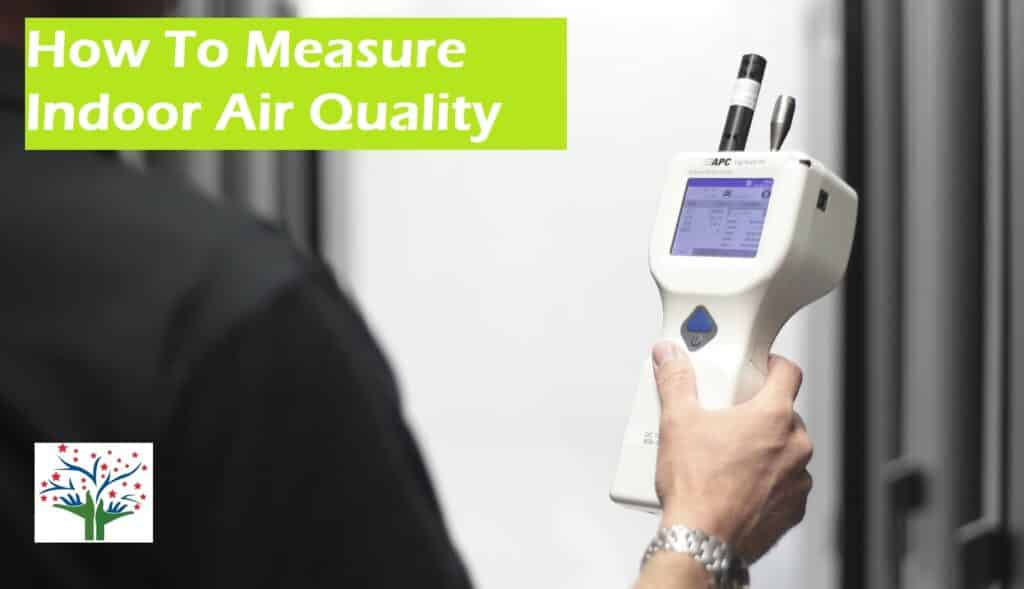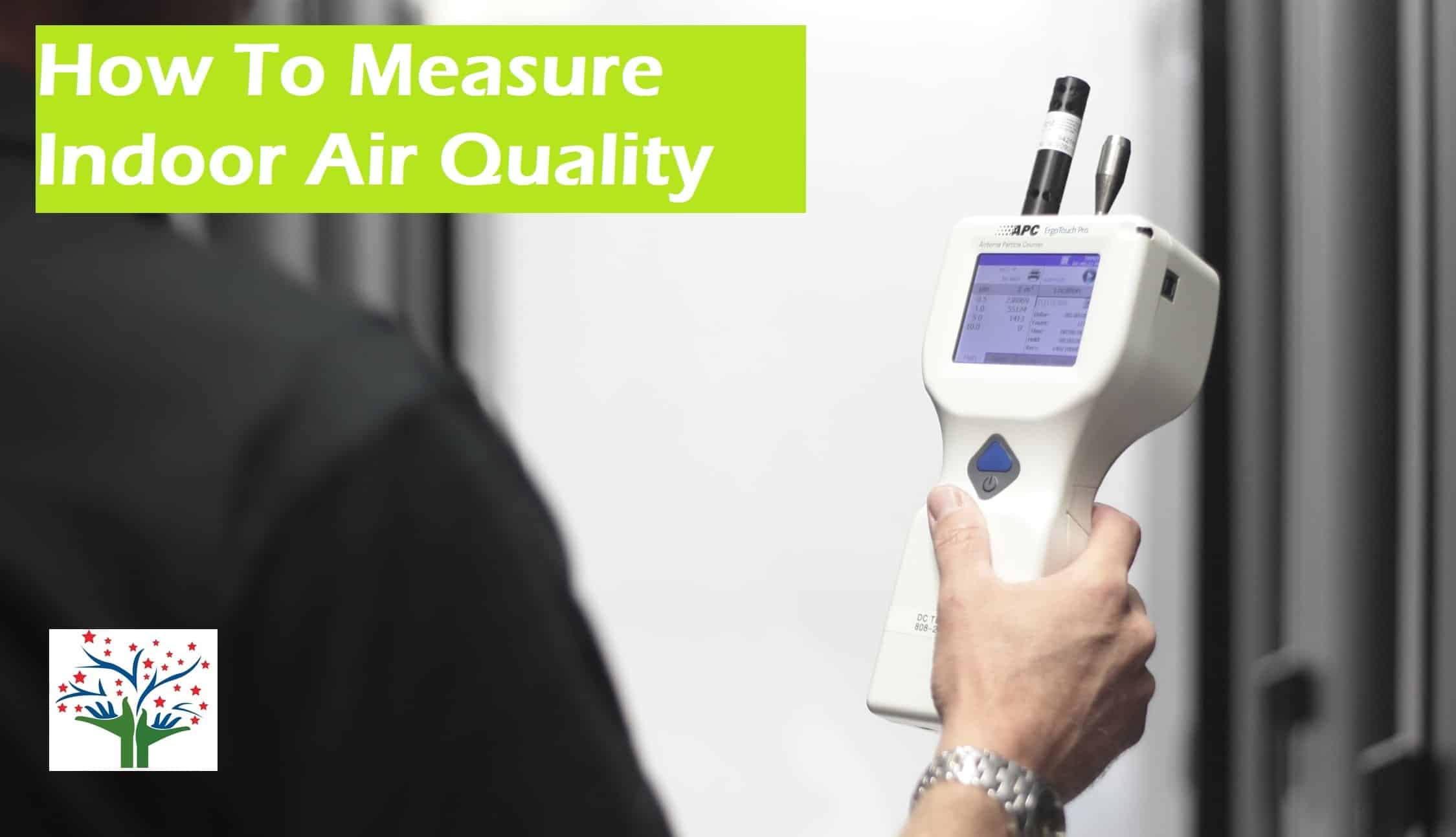How to Measure Indoor Air Quality?
The world is changing constantly, but as good as it serves, there are various adverse effects of the same on our environment and health extensively.
However, when we talk about climatic changes, global warming, environmental pollution, we somehow ignore the fact that our houses and offices are under the same sky.
And, that is why improving Indoor Air Quality has become a major concern for many households, buildings, homes, offices, organizations and more.
Although, we are always trying to better our surroundings through various activities such as cleaning, vacuuming, disinfecting; it still isn’t enough to reduce indoor air pollution. However, you can still make amendments by understanding how to measure Indoor Air Quality and what it actually means.
What is Indoor Air Quality?
There are various complex definitions of Indoor Air Quality and its effects. However, to explain in simple words, many times some individuals fail to ventilate their house or offices which then leads to the pollutants getting trapped indoors. That becomes the reason behind people inhaling polluted air instead of fresh air.
Apart from this, there is something called Ground Level Ozone or Bad Air which is one of the main causes of our concern.
This is why monitoring IAQ helps common people determine whether their inhouse surroundings are habitable or not (should be determined in terms of WHO guidelines).

On the official website of the World Health Organisation (WHO), the organisation explained the guidelines for monitoring IAQ, it said: “Guidelines cover annual and daily concentrations of fine particulates, nitrogen dioxide, sulfur dioxide, carbon monoxide, ozone, indoor mold, dampness, emissions of gases and chemicals from furnishings and building materials”.
Recently, WHO Guidelines also added household fuel combustion, set limits on emissions from cooking and heating stoves, and instructions regarding the usage of clean fuel.
Now, let us understand how you can measure Indoor Air Quality effectively. IAQ also involves the climate, ventilation, humidity and various other factors.
Adverse effects of Indoor Air Pollution
If your Indoor Air Quality is poor in terms of the Standards provided by the health experts, it can lead to sick building syndrome. Such situations are highly critical for residents.
The early symptoms of indoor air pollution affected individuals can start with a sore throat, headache, dry or itchy eyes, constant coughing, fatigue, shortness of breath, congestion etc. Something many environmentalists have mentioned before, a polluted environment, especially indoors, can even cause alarming health-related issues such as cancer, heart disease or respiratory illness.
Whether early or not, if even a single symptom is reflected by infants or children, an informed individual must call a specialist like us for Indoor Air Quality Monitoring & Testing as it is extremely critical.
How to measure Indoor Air Quality?
Something that concerns an Environment Service Company the most is that no one is talking about the importance of improving indoor air quality where it is quite imminent. And, the first step towards improving IAQ and reducing pollution indoors is by measuring it effectively.
An expert measures and monitors IAQ by first looking at a few key components such as building type, materials used during construction, ventilation system, number of people residing or working in the area, diagnosis of health-related problems and disease history of people residing or working in the area, activities or types of equipment in the vicinity, cleanliness of the area, presence of mold, foul smell, dust and various other factors.
Once the inspection is completed, the indoor air quality is measured using professional testing equipment such as:
- VOC meter – VOC meter is used to measure an accumulation of volatile organic compounds (VOCs) and total volatile organic compounds (TVOCs)
- NOx meter – NOx meter measures Nitrogen oxide levels
- SO2 meter – SO2 meter measures Sulphur dioxide levels
- CO2 meter – CO2 measurement considers two factors, one is real-time levels and average levels of Carbon dioxide
- Dusttrak – Dusttrak is used to measure PM1, PM2.5, PM10 Mass concentration and RSPM.
- Testo 480 IAQ Pro – Testo 480 IAQ Pro measures airflow, temperature, humidity and CO2.
- Indoor air quality testing kits – Full analysis including mold, dander, carcinogenic fibres, bacteria and dust
- Swab tests – Swab tests help in sampling mold and bacteria
- Thermo-Hygrometer – This equipment is used to measure temperatures and humidity
After completing the complete analysis, IAQ measurements can be assessed through the Indoor Air Quality Standards. However, make sure you know that every country has different standards for measuring the quality of indoor air depending on the climate, weather, ecology, geology and more.
So, click here for a table representing IAQ standards and the permissible limit for several indoor air pollutants and factors which are responsible for affecting IAQ. Also, there are some of the various methods through which you can try to improve Indoor Air Quality for your household, office, school and other areas of interest.
In case if you are wondering learn here about Indoor air Quality testing Procedure.
Frequently Asked Questions:
To measure Indoor air quality all you need is Indoor Air Quality monitor. You buy from you nearest store or online to check indoor air quality in real time at home or office.
Government bodies use air quality monitoring stations with highest precision instruments. To measure overall air quality, each pollutant follows different methods for measurements and then multiplying by their weightage decided by national bodies can give us Air quality Index.
Bad Air quality can have adverse effects on human health. In case of exposure to pollutants over the longer period of time common symptoms are common cold, Asthma, allergy, Headache, Insomnia, Chronic Obstructive Pulmonary Disease (COPD), Lung Cancer, Cardiovascular Disease etc. It is recommended to see family doctor in case you see these symptoms for more frequently and longer duration.
Want the best Indoor Air Quality Testing Services?
We recommend all our readers to make an informed decision when it comes to the well-being of their loved ones, colleagues, or society members. We are also aware that finding a trusted and verified company is quite difficult in recent times.
Nevertheless, if you are looking for an excellent service, then we at Perfect Pollucon Services (a trusted and verified Environmental services company) have insightful knowledge and provide market-leading services for monitoring and measuring Indoor Air Quality for our clients. Thank You! Contact us NOW!

